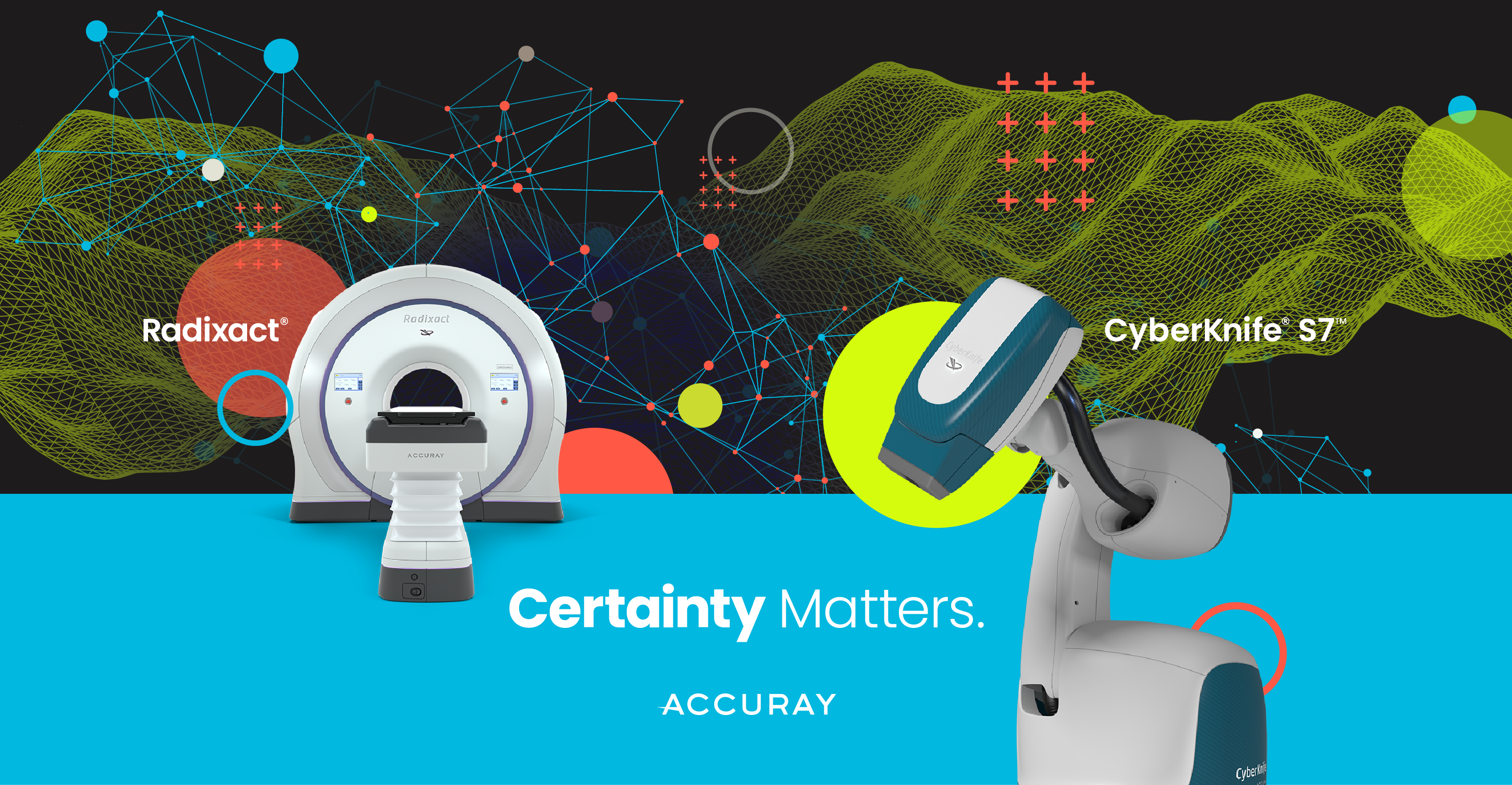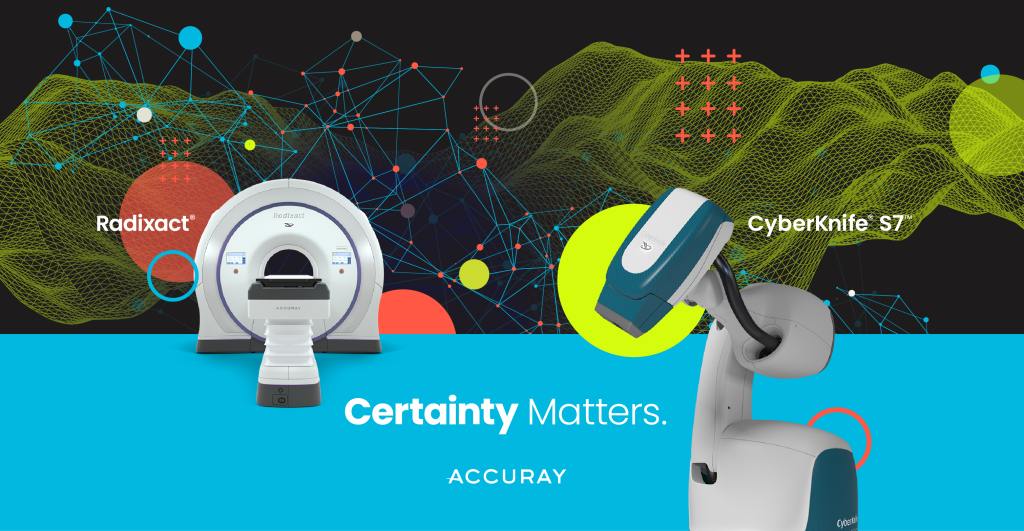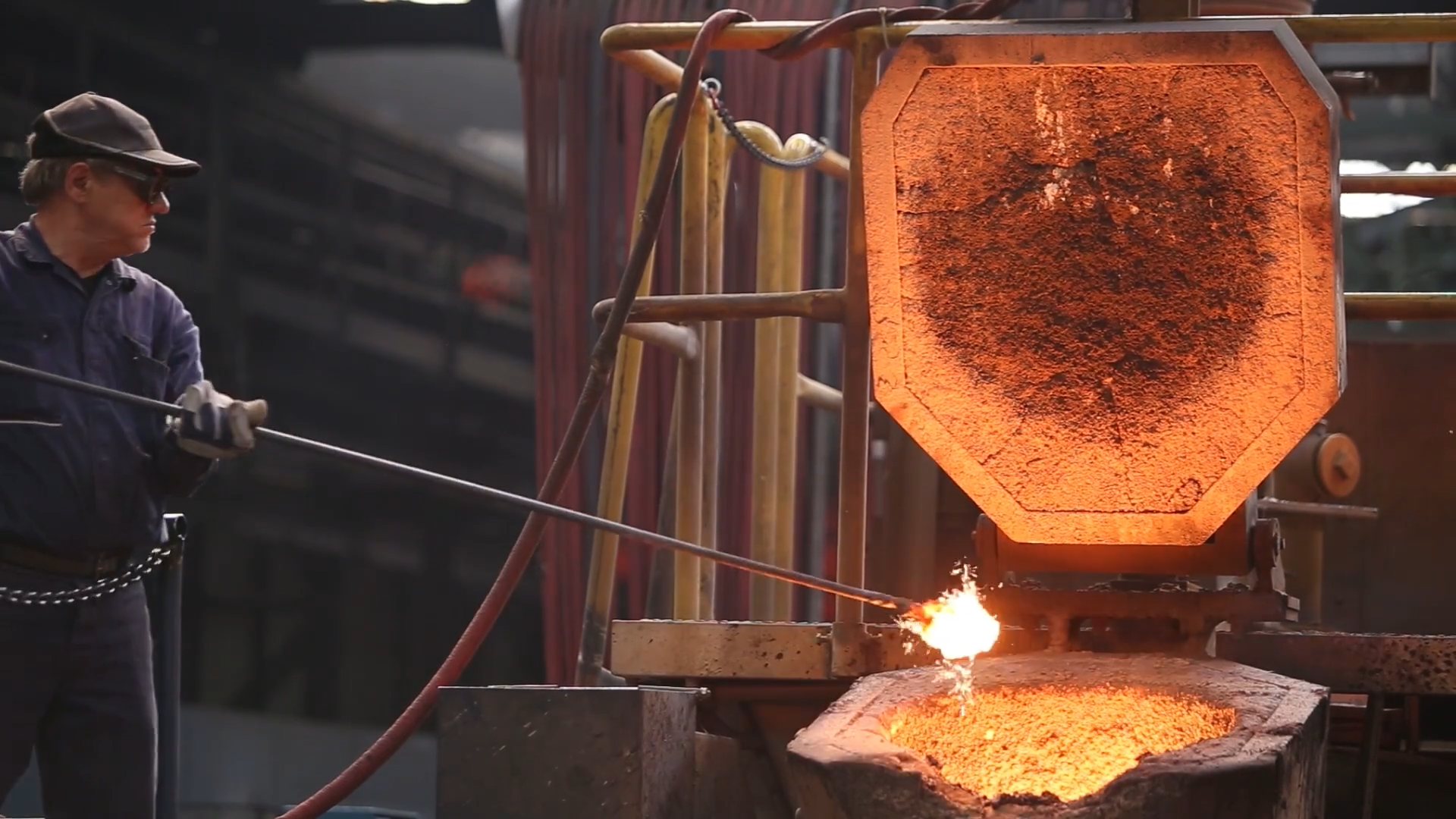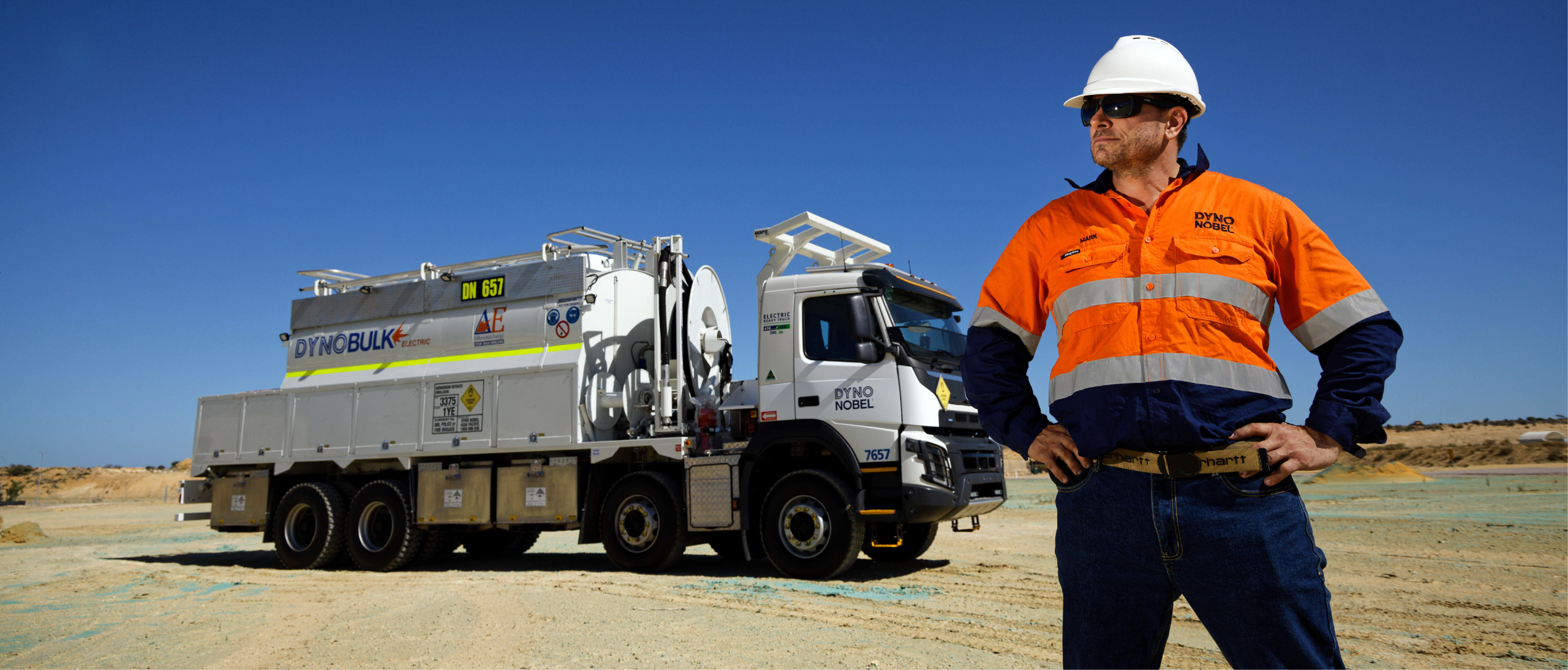Accuray Crusade for Radiotherapy Equity

Bridging the cancer care gap is pivotal. Accuray are passionate to expand the power of radiotherapy to improve more lives.
The Harsh Reality of the Global Radiotherapy Access Gap
Radiotherapy is a cornerstone of cancer treatment, where more than 50% of cancer patients require radiotherapy at some point following their diagnosis. Yet globally, access to radiotherapy services is severely lacking. Cancer places its heaviest burden on low- and middle-income countries (LICs and MICs), where over 70% of cancer deaths are expected to occur. However, the issue is not limited to the LICs.
As the cancer burden grows, the radiotherapy crisis will only intensify. Concerted efforts to expand resources for underserved populations are crucial to providing millions access to quality cancer interventions.
The Untapped Potential of Radiotherapy
Radiotherapy is a cost-effective solution and a core component of comprehensive treatment. Expanding access can significantly cut preventable cancer deaths worldwide. Investing in global radiotherapy capacity could yield substantial benefits, potentially saving 1 million lives annually.
At Accuray, we prioritize patient-centered radiotherapy, blending advanced technology with accessibility. Our Radixact® and CyberKnife® Treatment Delivery Systems offer versatile treatment options like IMRT, SBRT, and SRS. By empowering clinicians with flexible tools, we strive to expand access to personalized, high-quality cancer care.
What Can Be Done to Enhance Radiotherapy Access Globally?
Advanced radiotherapy can improve access to the most appropriate, accurate and precise treatment for patients, thus improving outcomes and quality of life. Clinical evidence shows that hypofractionation is becoming a popular choice in many indications that require precise treatment delivery solutions. Hypofractionation is a key advance in radiotherapy and has been found to have a positive impact on patient experience as it reduces the overall treatment time for patients. In parallel, It also has a positive impact on the treatment capacity of a department.
Remote treatment planning can drive significant efficiencies across clinics that are under-resourced. It can give more people access to high-quality radiotherapy care. The remote model will enable the development of treatment networks in developing, rural, and underserved areas. Physicists and radiation oncologists can manage key responsibilities from a central location, eliminating travel time, increasing clinical efficiency, and driving economic well-being.

Advanced technologies can help the supply and demand challenges as well (or at least preserving), attracting physicists, radiation oncologists and therapeutic radiographers. But, in some cases, the barrier to access better technology is not cost, and it’s not staffing, either. It’s a lack of knowledge about the capabilities of advanced treatment systems. For example, the CyberKnife System is not a regular linear accelerator but it can treat patients in fewer fractions with SBRT and SRS. Similarly, the Radixact System is known for treating 30-40 patients a day, but it has been shown that once you have mastered the efficiency built into the system it is possible to treat 80 patients a day.
Advances in treatment have improved outcomes globally, yet many lack access. Accuray is deeply committed to this cause and raising awareness about disparities in radiotherapy access is pivotal. It’s time to realize the potential of radiotherapy by harnessing proven technical advances and innovation to improve patient outcomes.
Learn more from Accuray ‘Closing the care gap’ blog series
Find out more about Global Health campaign














